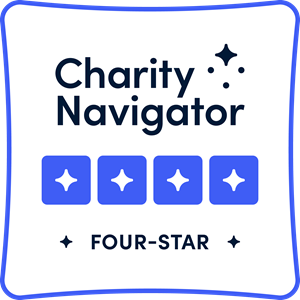More Koreans than Israelis own a Talmud
In South Korea there are close to 49 million residents, and they all learn Gemara in school (www.ynet.co.il). “We tried to understand why the Jews are such geniuses and we concluded that (it is because) they study Talmud,” explained South Korea’s ambassador to Israel.

Korean Talmud (Photo courtesy of the Embassy of South Korea to Israel)
In a week of renewed terror including a bomb in Jerusalem (with 1 dead, 39 wounded, some still in critical condition) and the returning shelling to the south of Israel (with rockets now reaching the outskirts of Be’er Sheva and Ashdod), as well as a joyous announcement about the Elitzur Ramle basketball team taking the women's EuroCup final, what’s the big deal about learning Talmud in South Korea? “We were curious how come the Jews are so successful academically and have a much higher percentage of Nobel Prize winners in all fields… what is their secret?... one of your secrets is studying Talmud,” continued ambassador Young-Sam-Ma. There might be now more (translated) Talmud volumes in South Korean homes than in Israel! In his appearance on Israeli TV he spoke about shared values between the Jewish people and the Koreans such as the place of the family, respect for elders, education and culture. He was impressed with the fact that even in a small kibbutz there is a cultural center with on-going cultural activities. And the ambassador found other similarities between South Korea and Israel: both were established in 1948, are surrounded by enemies, are poor in natural resources and notorious for bad driving habits: “I feel right at home driving in Israel.” But what’s with the Talmud? The Talmud, which comes from the Hebrew root lmd “teach, study,” is a central text of Judaism’s oral law, composed of two parts: Mishnah (c. 200 CE) and the Gemara (c. 500 CE). Even if you speak Hebrew fluently, it can be most intimidating to try and study or just begin to read one line in it, but in order to appreciate what’s most fascinating about it, you don’t need to know Hebrew – or Aramaic. You just need to look at any random page in one of its many volumes.
The Talmud page doesn’t look like a regular book. It looks much more like a table with chairs around it. There is a central issue on that table, and all around it sit various guests with various opinions, discussing, debating and often fervently disagreeing with each other. Any page of the Talmud is a picture of a multi-generational, global dialog. It’s not an encyclopedia filled with information. It’s a culture of hearing, listening, commenting, structuring a discussion, being creative, thinking outside the box, seeking solutions in the most unlikely places, never giving up on finding them. That has been the strength of our people. This is what we need today too. We find that, for most part, our issues are not what to do with an egg that was laid on a yom tov (holiday) or the exact methods of the sacrificial systems. But we need dialog. We crave conversations. We thirst connection based on content, good old face to face encounters. In the last couple of weeks, our Israel Center team has been invited to several places in order to discuss dialogs regarding Israel. We are discovering that often the “program” is not some magical event, but working through the needs, and strategizing to build sustainable systems about bringing Israel to our community through local and overseas resources. In short the program might be talking about the program… In the next week, a group of Gvanim leaders will be visiting our community as one of many such opportunities to our community. Please stay tuned for more.
- by Michal Kohane, Israel Center Director

